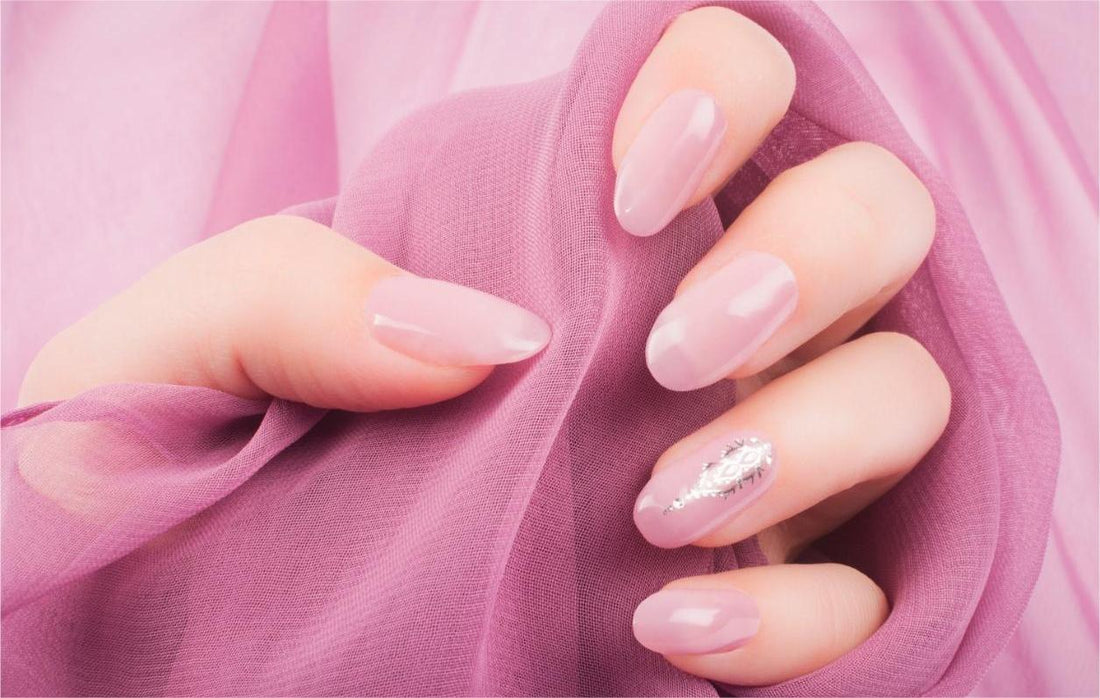
"The Evolution of Press-On Nails: From Practical Origins to Fashion Statements"
Press-on nails, a beauty and nail art staple, have a fascinating history that reflects broader changes in fashion, technology, and social attitudes towards beauty. The journey of press-on nails from a novelty item to a mainstream beauty product is a testament to innovation and changing beauty standards.
The Birth of Artificial Nails
The concept of artificial nails can be traced back centuries, with various materials and methods used to elongate and beautify the nails. However, the modern era of press-on nails began in the 20th century. The first patent for artificial nail was filed in 1932 by Maxwell Lappe, a dentist from Chicago, who created fake nails to help nail biters curb their habit. These early versions were far from the decorative accessories we know today; they were designed purely for practical purposes.
The Evolution in the 1950s and 1960s
The 1950s and 1960s saw a surge in the popularity of artificial nails, coinciding with the broader cultural emphasis on glamour and femininity. During this period, artificial nails were primarily constructed from acrylic materials and applied by salon professionals. The process was time-consuming and expensive, making it a luxury few could afford.
The Introduction of Press-On Nails
The 1970s marked a significant turning point with the introduction of press-on nails. Lee Pharmaceuticals developed the first commercially available press-on nails, making nail beauty accessible to a broader audience. These early press-on nails were applied with adhesive, allowing women to achieve a salon-quality manicure at home at a fraction of the cost.
Technological Advances and Wider Acceptance
Through the 1980s and 1990s, materials and adhesive technology advances improved the quality and variety of press-on nails. They became available in a more comprehensive range of sizes, colours, and designs, appealing to a broader demographic. This period also saw the rise of nail art as a form of self-expression, further fueling the popularity of press-on nails.
The 21st Century Renaissance
The 21st century has witnessed a renaissance in the popularity of press-on nails, driven by social media and the DIY beauty movement. Platforms like Instagram and YouTube have allowed nail artists and enthusiasts to share their creations, inspiring others to experiment with nail art. Today's press-on nails offer unparalleled variety and sophistication, with options ranging from simple, elegant designs to elaborate, custom artworks.
The Future of Press-On Nails
As we look to the future, the press-on nail industry continues to evolve, focusing on sustainability, inclusivity, and innovation. Biodegradable materials, customizable press-on nails, and advancements in adhesive technology promise to make press-on nails more appealing and accessible to a broader audience. The journey of press-on nails from a simple beauty solution to a form of artistic expression highlights their enduring appeal and the limitless potential for creativity they offer.
In conclusion, the history of press-on nails is a vibrant chapter in the story of beauty and fashion. From their humble beginnings to their current status as a beloved beauty tool, press-on nails have come a long way, reflecting changing tastes, technologies, and cultural attitudes toward self-expression and adornment.
Tags:

